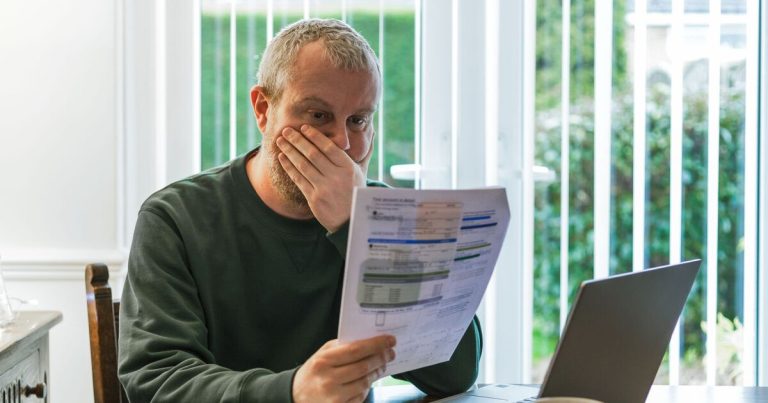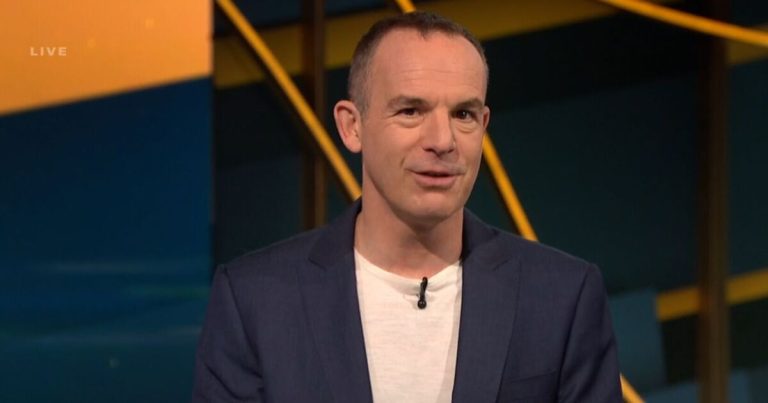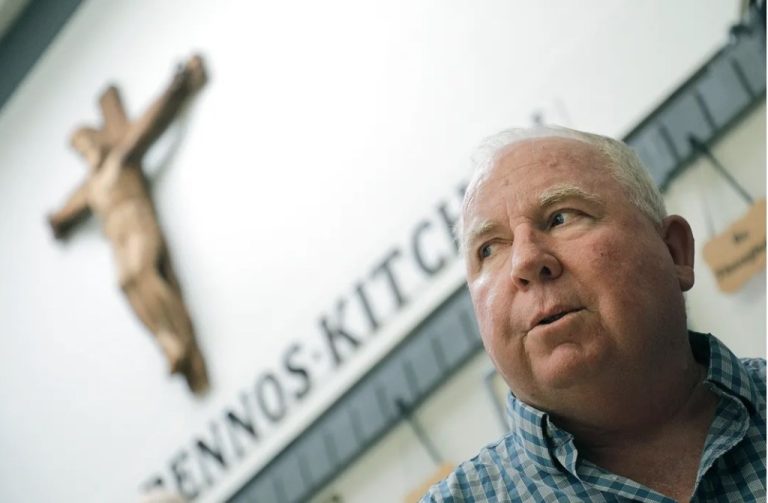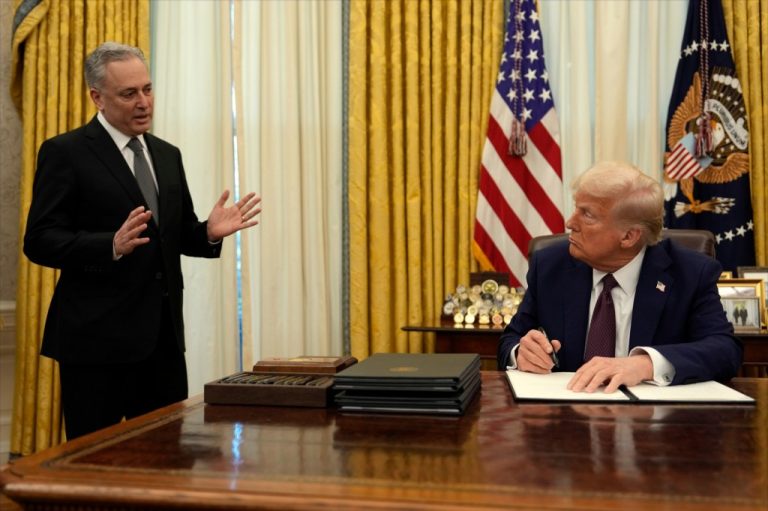
The UK’s debt is now roughly the same as our annual economic output, for the first time since we started to get a grip on our Second World War debts. We owe around £2.57trillion and still borrow around £20billion a year to make ends meet. This can’t end well.
As interest rates rise, the cost of servicing those debts has rocketed. For every £100 you pay in tax, £10 goes towards servicing the interest on the nation’s borrowings.
It’s not a great use of your money, is it?
I’ve just been reading a self-help guide warning of the dangers of debt denial, and alerting people to the warning signs that they may be suffering from it. It’s aimed at individuals, but could just as easily apply to the UK.
Here are the five signs of debt denial, and why we’re all caught in its grip.
1. You tell yourself all will be fine, but don’t do anything about it. We are certainly guilty of this.
Over the last couple of decades, as the West’s debt burden grew and grew, economists have been assuring us it doesn’t matter.
A convenient new economic concept sprang up – particularly popular on the left – called modern monetary theory, or MMT. Put crudely, this states that sovereign countries can run up all their debts they like, because they can simply print more money to pay them off.
Which is pretty much what the Bank of England, US Federal Reserve and European Central Bank have been doing, of course, via quantitative easing, or QE.
Now we’re discovering that debt does matter, as investors demand higher rates of interest to buy our government bonds.
The £110billion we spend on debt interest every year is enough to double the state pension for everyone.
That’s only the start of our debt denial.







